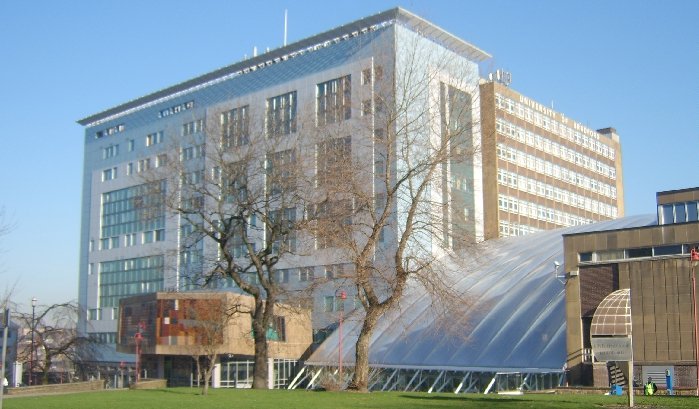
Scientists at the University of Bradford have developed the world's first Tranquillity Rating Prediction Tool (TRAPT), a scientific process for measuring how relaxing urban environments and public spaces are.
In a new paper published in the Urban Forestry and Urban Greening journal, lead researcher Professor Greg Watts believes that the tool could help planners, architects and environmentalists to understand what the impact of ‘greening’ measures, like introducing trees, hedges or additional vegetation, could have on urban spaces.
The new tool measures soundscape and features of the landscape to provide a tranquillity score out of 10.
Studies have illustrated a link between tranquil environments and stress reduction, well-being and pain relief. Introducing vegetation into an environment to soften it - a process called ‘greening’ - is one way to improve tranquillity, but until now architects and planners have had to make assumptions as to the impact this will have.
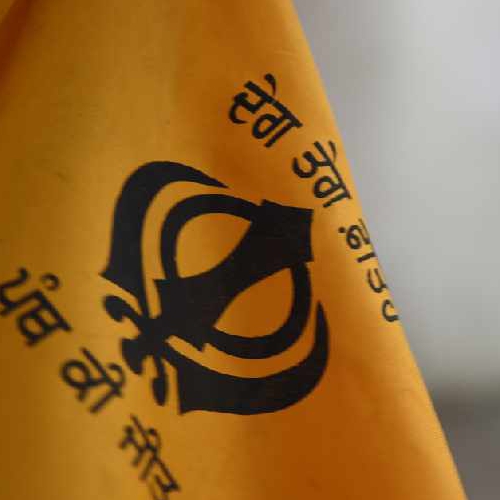
 Appeal After Burglary
Appeal After Burglary
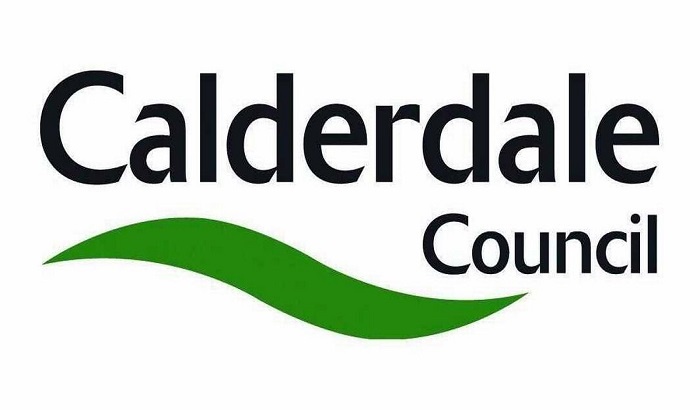 Have your say and help to build stronger communities in Calderdale
Have your say and help to build stronger communities in Calderdale
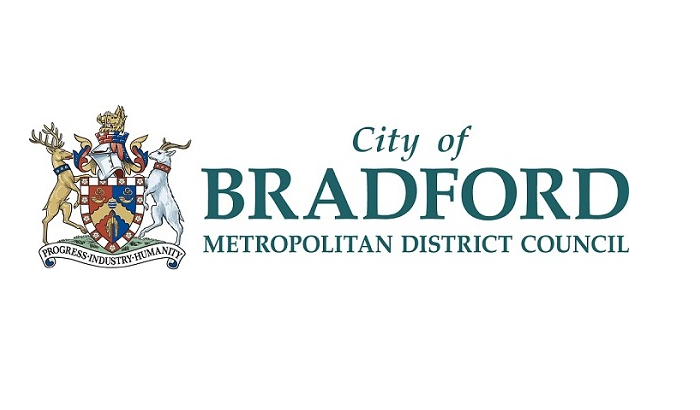 Bradford to mark the 80th anniversary of D-Day
Bradford to mark the 80th anniversary of D-Day
 City presents Windrush pioneer with prestigious Leeds Award
City presents Windrush pioneer with prestigious Leeds Award
 More Than 10,000 Arrests Made By Team Dedicated To Reducing Violent Crime
More Than 10,000 Arrests Made By Team Dedicated To Reducing Violent Crime
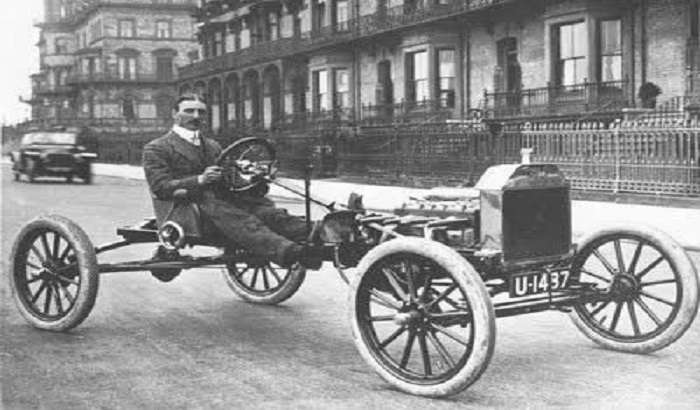 Plate expectations as historic registration could be up for sale
Plate expectations as historic registration could be up for sale
 Calderdale: Celebrating over 350 years of service at Council
Calderdale: Celebrating over 350 years of service at Council
 Activists who caused £100,000 worth of damage sentenced
Activists who caused £100,000 worth of damage sentenced
 Appeal Following Collision and Death of Man in Otley, Leeds
Appeal Following Collision and Death of Man in Otley, Leeds
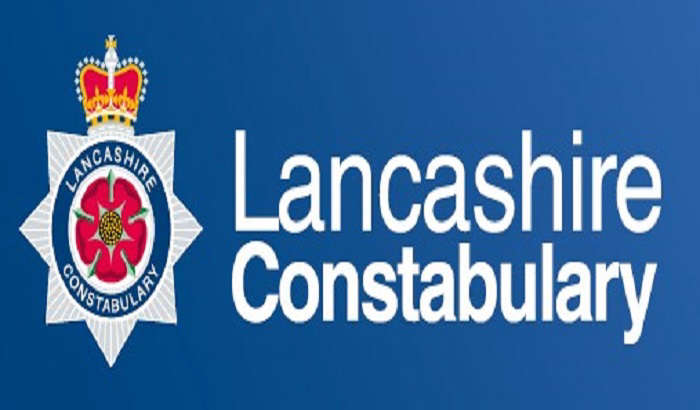 Anti-social behaviour funding boost in Clitheroe, Colne and Darwen
Anti-social behaviour funding boost in Clitheroe, Colne and Darwen
 Legal Show
Legal Show
 Bhangra Nights
Bhangra Nights
 Alim OnAir
Alim OnAir
 The Golden Era
The Golden Era